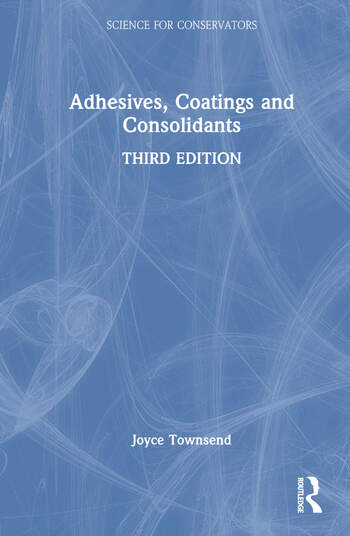Ask Dr. Dave: How can we ensure that UV-curable adhesives are always fully cured?
Dave Dunn's March 2014 column.

Question: We use UV-curable adhesives in a medical device as adhesives and coatings. However, we are concerned about residual, uncured materials in the adhesive that might be toxic or cause corrosion. How can we ensure that the adhesive is always fully cured?
Answer: One never gets a full 100% cure of these thermoset systems at relatively low temperatures because molecular mobility goes down dramatically as the adhesive increases in viscosity during curing. However, look at the MSDS of the adhesive and talk to your supplier to ensure that it does not contain any components that might be toxic or cause corrosion of electrical connections, even in liquid form.
You should also establish the best intensity/time conditions for the UV radiation and define minimum and maximum for the total radiation (intensity x time). Since UV bulbs age over time, it is essential that the intensity is measured daily with a radiometer. Manufacturers usually define full cure as the time when properties (e.g., hardness or tensile strength) do not change upon further irradiation. A hardness (durometer) measurement of the cured film should give a good indication of degree of cure.
Question: We are a supplier of cryogenic equipment. Where can I find pipe sealants that are compatible with liquid oxygen?
Answer: Most sealants are not recommended for use with liquid oxygen because they are organic in nature and could act as fuel for a fire. A fire needs three elements: oxygen, fuel and ignition. The fuel is any substance that can be burned by the oxygen, and ignition is any energy source sufficient to initiate combustion. In the normal scenario, where air is the oxidizing agent, if any of the three elements is removed, the fire will be prevented. However, in oxygen systems, this principle does not apply because the three elements are inseparable. The “fuel” includes the fittings, valves, seals, regulators, or piping, which contain or are exposed to the oxygen, and cannot be separated from it.
Liquid oxygen fittings can be sealed in two ways. One is to use a high-quality PTFE tape—look for Mil-Spec #T27730A, which certifies suitability for use in pure oxygen. Alternatively, a few paste or gel sealants are available based on mixtures of polychlorotrifluoroethylene and PTFE. Always ensure that your fittings are spotlessly clean before applying the sealant to prevent potentially flammable organic residues on the surfaces.
Looking for a reprint of this article?
From high-res PDFs to custom plaques, order your copy today!







